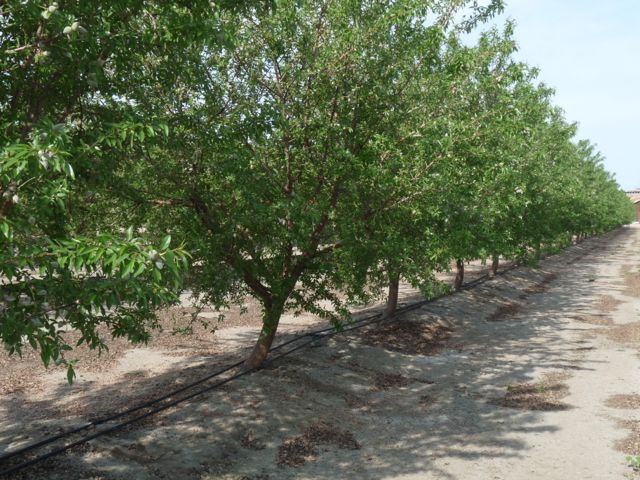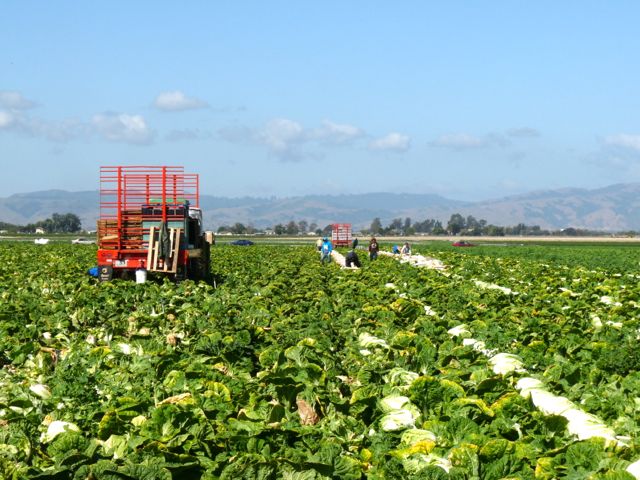Outlook on California Poultry
Bill Mattos: Outlook for California Poultry Industry
By Charmayne Hefley, Associate Editor
California’s poultry industry has a positive outlook for the coming year despite the recent outbreak of the highly pathogenic avian influenza plaguing the rest of the nation’s poultry industry. Bill Mattos, president of the California Poultry Federation, said the coming year will see chicken overtaking beef.
“We’re learning from a lot of economists that we are going to have an exciting year for poultry next year and into the future,” Mattos said. “It looks like chicken is taking over beef next year, and all of poultry will be ahead of the red meats. We love our beef and pork friends, but we’re passing them. It looks like the healthfulness of chicken and the capacity to grow locally—everything in California—is looking good for the poultry industry. And we’re excited. We think the chicken and turkey industries will have a good year coming up.”
And although the price of corn is still higher in California versus nationally, Mattos said this industry is still doing well. “We still pay about a dollar or more a bushel for corn in California. But prices are outstanding compared to what they were two or three years ago, so our companies are making some money.”
With the flyways, or bird migration, coming back this fall, Mattos said the California poultry industry is prepared with increased biosecurity on their farms and ranches to prevent an avian influenza outbreak. Mattos said, “It’s very important that we make sure our companies are locking down their facilities—keeping visitors off and maintaining a biosecurity that’s first in the nation—because any type of bird flu that could invade here and spread would devastate the marketplace.”
____________________























